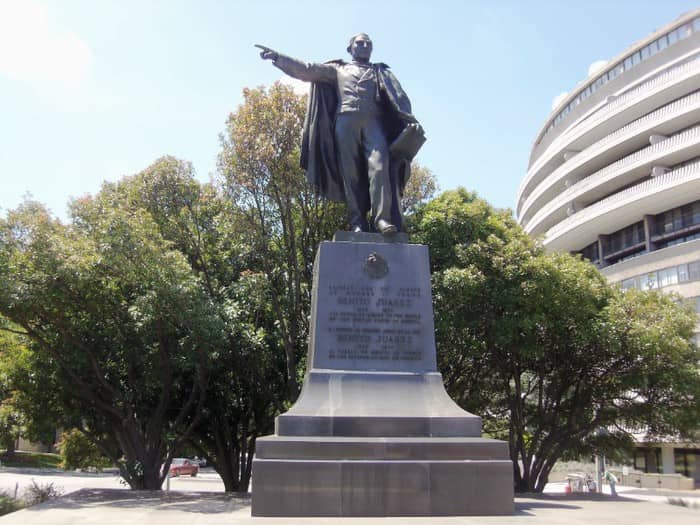Why is there a statue of Benito Juarez in the US capital?
To the contrary, the statue of Benito Juarez has not been attacked and is considered a symbol of Mexico's contributions to American culture. What is its history and how did it come to the United States?





